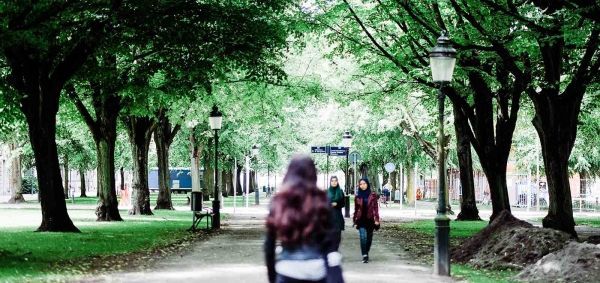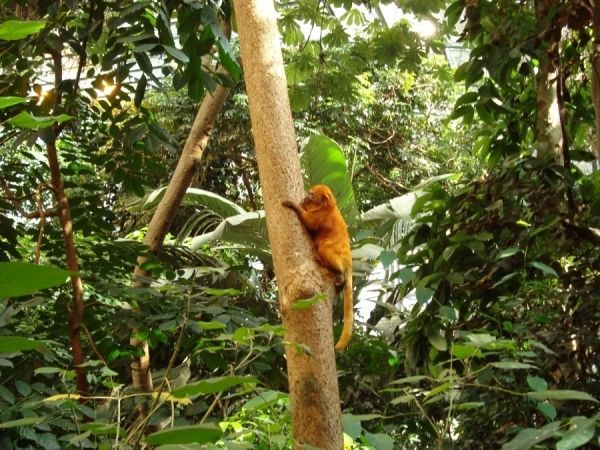The new program will place Texas A&M researchers on the front lines of the nation’s food and livestock industry.
articles
Oleshky Sands
Satellite imagery shows Europe's second-largest desert in Europe.
New Study Highlights the Role of Sea Sponges in Combating Climate Change
Researchers have revealed how marine sponges contribute to the ecological functioning of global oceans.
Quality and Use of Green Spaces May Determine Their Health Benefits
Two studies led by ISGlobal explore how natural spaces influence well-being.
J-WAFS Zeroes in on Food Security as Agricultural Impacts of the Climate Crisis Become More Apparent
The Abdul Latif Jameel Water and Food Systems Lab presents a new report on climate, agriculture, water, and food security — with plans for more research.
Study Shows How Climate Change May Affect Environmental Conservation Areas
Researchers classify 258 protected areas in Brazil as “moderately vulnerable” and 17 as “highly vulnerable”. Areas at greatest risk are in the Amazon, Atlantic Rainforest and Cerrado biomes.










